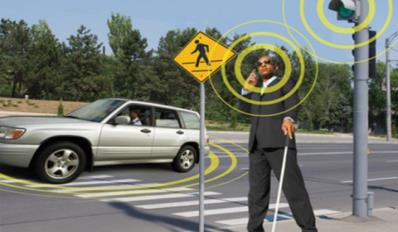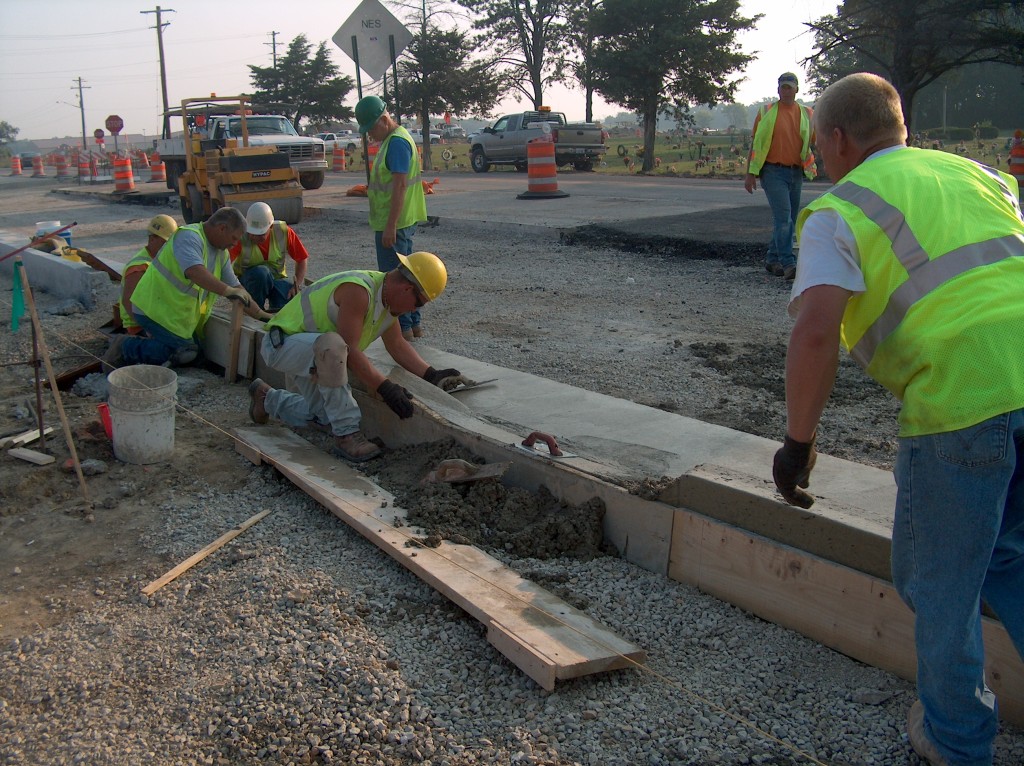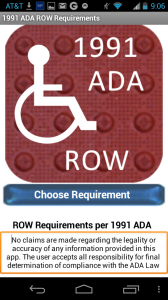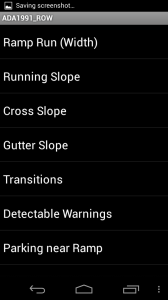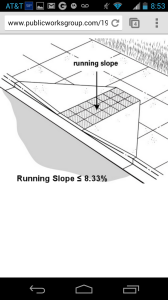We are starting out the new year of 2015 still a little overwhelmed by everything that happened in 2014. This was due to several factors including an increased yet exciting work load at our primary jobs and some major changes we were making in our personal lives leaving little time to hop online and share with all of you. So because of this, as regular readers might have noticed, there have been few posts made to the site since June of last year.
We want to thank all of you for being patient with us while we were going through these changes. Hopefully they have increased our knowledge and abilities so that we can bring a new and better offering to all of you over this new year.
So what happened in 2014?
The Book! First, we’d like to review the status of the goals we set at this time last year. One of the most exciting of these was to begin writing a book that will offer information and guidance about city engineering. This effort was started about mid-year. And as each chapter is completed, an excerpt or synopsis will be posted online on the Public Works Magazine website. The first article was published last fall, Establishing the City Engineering Position, and the next one is due to be online soon. So if you’ve ever wondered about how to establish and run a city engineering department, make sure you stay tuned for the release of each article. And when the book if finally completed and available for purchase, I’ll announce it here.
WATERCON! Next, as planned, I was able to attend WATERCON in March of last year. It was incredibly informative as always. As part of this, I did set up a small demo of a WATERCON conference site in Unity3D you can check out over on the WATERCON blog site along with the other resources. However we were not yet able to develop the remaining Unity3D offerings we had planned and will most likely extend that goal into the new year along with the development of an Android app for PROWAG which we were also not able to make time to create. But with PROWAG still not yet adopted, this goal could also be extended into 2015.
The Curve Balls!The surprising, yet very positive, upsets in our careers last year were lessons in how goals can easily be redirected. As mentioned above, while we did manage to make a few of our planned goals a reality, most of our accomplishments ended up not planned at all causing us to change direction mid-year:
Not long after 2014 launched, both of us had the opportunity to be involved with the update of our agency’s ADA Transition Plan. As part of this initiative, I had the opportunity to become the ADA coordinator for my area at work. If you’ve been reading this blog for years, you would best understand what this meant to me. Accessibility and ADA related matters have long held a strong professional interest for me. (A few years back I developed a 3D ADA Toolkit for Local Government and have been working on other related resources for some time.) This opportunity allowed me to attend the Annual ADA Symposium in June of last year which was highly informative and helped to solidify my understanding of this topic. And I’ve been able to teach a few ADA courses alongside some of the professionals I’ve known and respected for a long time.
I was also asked by my co-workers to become more involved with our employee health and wellness and was allowed to became a member of our health committee. We organized bike rides after work and worked on several other programs the group regularly offers. Personally I started running regularly with their encouragement and ended up becoming significantly more fit as a result of their support and influence.>
Finally both of us were able to take more active roles in our agency in bicycle planning and design. This is still somewhat of an emerging trend in civil engineering. So while the efforts have taken over the year considerable time and commitment, we are excited to be actively engaged in our agency’s activities in this area.
So, dare we plan for 2015?
Even though 2014 was a good lesson in proving we cannot completely predict the future, we still believe it is helpful to have some type of plan. The key is understanding the plan should be flexible enough to respond to changes if necessary. So here is what we are starting out with as a general framework for 2015:
Finish that book! >Yes, we hope to finish the book on city engineering so that you can have your very own copy by the end of the year. That is a huge goal, but one we are most focused on accomplishing.
Finish developing an online PROWAG related course! Last year I also started setting up an online training course for learning PROWAG. The opening video for the course is below. When complete, the entire class will have 57 short modules designed to level someone from an accessibility apprentice to a PROWAG Master.
Develop and offer employee health and wellness resources! Because of my involvement in employee health and fitness, I’ve become more aware of just how much employers are focusing on this issue. So drawing on our own knowledge and experience, we’ll be setting up an online resource to begin offering health-related information to both employers and employees. As this goal develops, we'll keep you posted here.
So that’s it! While we would like to pursue many more goals, we will have our hands full just meeting the ones listed here. Keep stopping back to check our progress as we will try to keep you up to date on the status of each of these goals.
Finally we wish all of you a healthy and success-filled new year!



